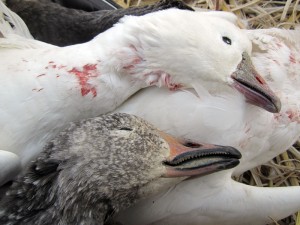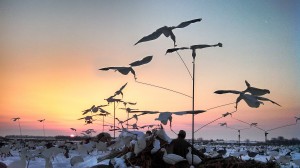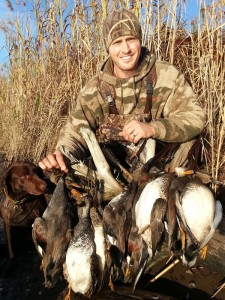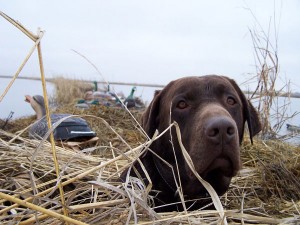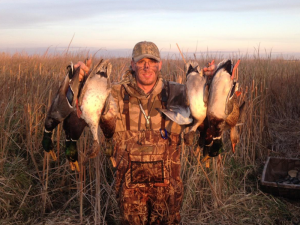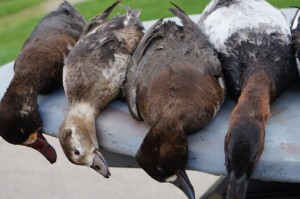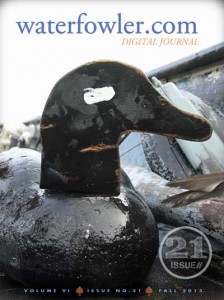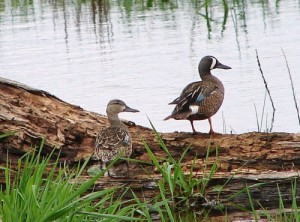The spring thaw is finally underway in the northern tier and light geese have arrived in the Dakotas in significant numbers. While some juvenile birds remain in parts of Nebraska and Iowa, light geese are another step closer to the 49th parallel and the return to their arctic breeding grounds.
Hello folks, and, as always, welcome to Waterfowler.com.
The spring migration is generally a hurry-up and wait process. Ducks and geese are in a hurry to return to the breeding grounds and they wait for a break in the weather to push northward. Canada geese and mallards, being more cold tolerant and stubborn, generally arrive in the south last and are the first to push north – arriving ahead of light geese.
As southerly winds and warm temperatures pushed to the far north this past week, so did waves of waterfowl and songbirds. Flights of Sandhill Cranes were reported in northern portions of the Mississippi and Central Flyways along with the return of many duck species to areas with open water. Continue reading





